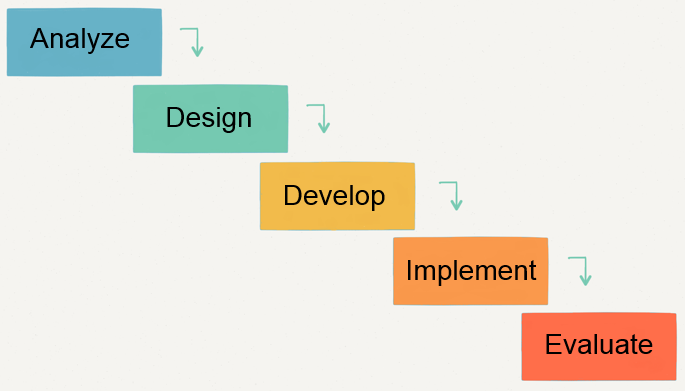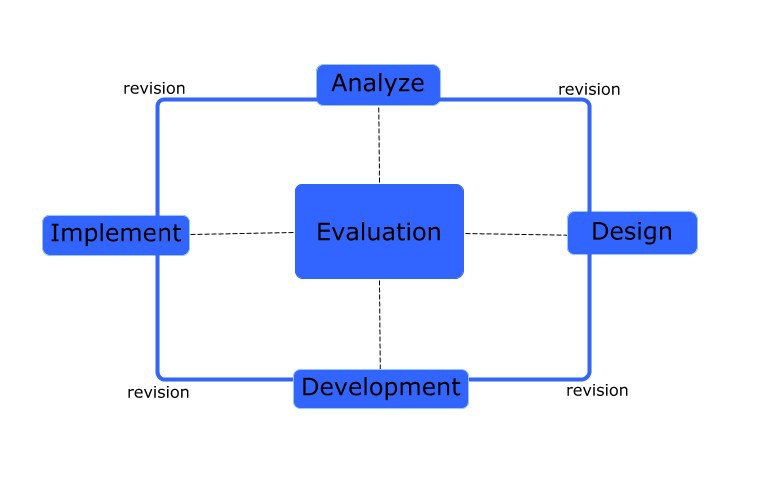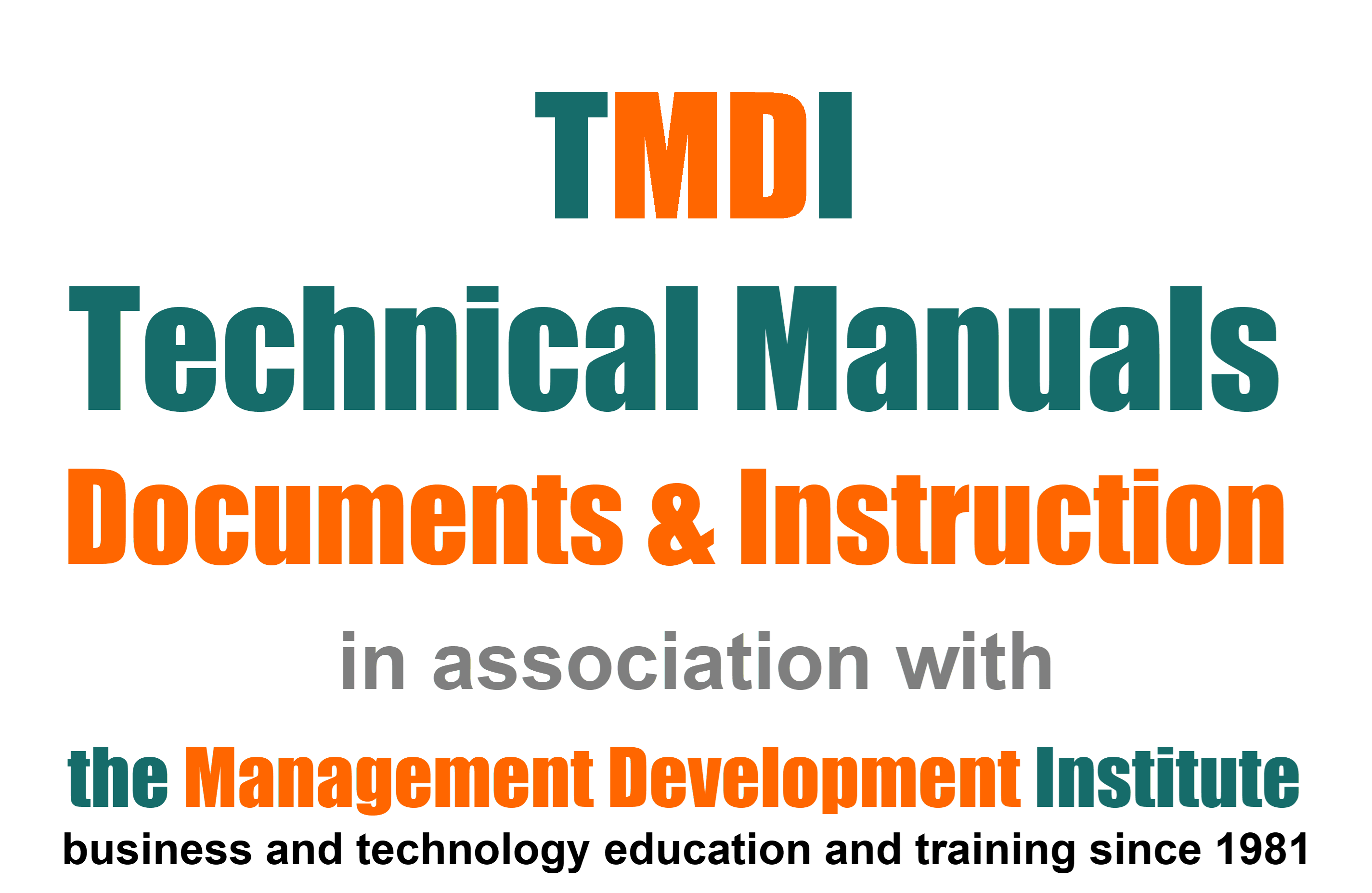 |
Curriculum is 'what' learners are required to learn.
Instruction is 'how' it is proposed they will learn it.
Curriculum Development vs Instructional Design
Curriculum
Curriculum is WHAT learners are expected to learn and what the teacher or trainer is expected to teach.
It documents the standards and benchmarks that students are expected to achieve. It is a set of goals, a materials list,
or possibly a set of "bare minimum" requirements for the planned learning.
Curriculum Developers (CDs) assemble content that meets specific standards, for example, to accomplish a specific task.
This could be to ensure that a worker knows how to perform a particular task. CDs often work in corporate training departments
or learning institutions.
Instruction
Instruction is HOW the content will be delivered and how the learners are expected to learn it.
This is where the teaching or training value-add becomes apparent and should be the trainer's focus. Inevitably,
each teacher and student will vary and often there will be no correct or right approach.
However, some strategies, methods and tools may be more likely to succeed than others, depending on each learners' needs.
Instructional Designers (IDs) follow a systematic process to design, develop and deliver appropriate instructional materials.
The terms instructional design, instructional technology, educational technology and instructional systems design are often
used interchangeably, not always accurately. ID is defined as the systematic development of instructional specifications,
based on learning and instructional theory, to assure the quality and consistency of instruction.
ID was developed by the US military during WWII in response to skilled labour shortages, when there was an urgent need to
upskill labour for war-time industries. It provided a methodology for delivering training systematically and efficiently.
Online, Instructor-led or Blended Delivery
Whether for computer-based, instructor-led or blended delivery, ID is a formal process for designing training which includes analysis,
design, development, implementation, and evaluation, as described in the ADDIE Model below.
TMDI's Instructional Designers (IDs) develop courses of instruction on many and varied topics and may assume the role of CD,
working in tandem with Subject Matter Experts (SMEs) who provide the detail as to the WHAT. Additionally, they develop the course
delivery methods and evaluation methods, i.e., the HOW.

Face-to-face, e-Learning and Blended Delivery
The principles of ID were developed when classroom or on-site delivery was the standard form of learning, but in recent years,
online, or e-learning, or blended delivery, have become more popular and online is considered by some to be more effective and efficient,
although we won't pursue that debate here. However, the impact of Covid-19, repeated lockdowns, the threat of more lockdowns
and increasingly the normalisation of work-from-home (WFH) models, have undoubtedly accelerated the online trend.
Increasingly, therefore, the practice of ID is assumed to mean e-learning. Although the principles remain largely
unchanged, the technologies and ID skillsets have evolved significantly. Further, even existing face-to-face courses, whether corporate
or in educational institutions, are being re-engineered for online delivery. The curriculum may not have changed much, although it
may have too, but the delivery technolgy and the ID skills definitely have.

The ADDIE Model
ADDIE is an acronym for Analyse, Design, Develop, Implement, and Evaluate. ADDIE is probably the best-known ID model,
which describes the process of designing, developing, and delivering learning content, by various media.
ADDIE provides an easily followed and structured framework to develop effective learning outcomes, whether for face-to-face
or online training, coaching sessions, lectures, information dissemination or other knowledge transfer objectives.
An internet search discloses dozens of varied graphic representations of the ADDIE model, many of which do not really add much value.
The traditional waterfall model, to use standard project language, can be represented by the simple step-by-step, or linear model below,
which for simple ID projects, realistically represents a typical ID process.

In reality, especially for more complex projects, the process is far more iterative, as represented by the model below taken from wikkimedia commons.

Ultimately, however, models are only useful if they help all project stakeholders understand the ID process in which they
play an important part. The ADDIE Model offers many advantages. It:
1. is simple and easy for all stakeholders to understand
2. is cost effective due to its lack of unnecssary complexity
3. provides a framework for developing structured learning
4. ensures that all learning activities form an integrated program to achieve the learning goal.
5. helps determine the learning's effectiveness in achieving the required performance knowledge, skills and behaviours.
The ADDIE Model may have some disadvantages, but rather than dwell on them here, it can be simply amended, or bypassed
for those unusual projects in favour of a more appropriate model. There are many other ID models in use which may
suit different situations, but we will not explore them here as the TMDI ID Team uses the ADDIE framework for most ID projects.

Training Needs Analysis (TNA)
What is a Training Needs Analysis?
A Training Needs Analysis (or Assessment) is the best process available to identify what training is required, by whom and by when.
It is the starting point for designing an effective training program.
It may also be called a “needs analysis,” a “training needs assessment,” a “performance assessment,” or something else,
a TNA is simply the process of reviewing and evaluating a performance issue to determine its root cause and offer one or more solutions.
How to conduct a TNA
Here are three simple and practical steps for conducting a needs analysis.
1. View the big picture then drill down to the detail.
A thorough TNA will enable management to:
identify sources of potential problems
highlight opportunities for improvement
expose knowledge and/or skills gaps
A TNA may be conducted at various levels:
organisation-wide, or at division or strategic business unit (SBU) level
for selected staff in one or more SBUs, such as those impacted by a new system implementation, which may affect some staff in multiple business units, such as, say, finance teams.
at task level, such as when a new item of equipment installed or a new process introduced, or perhaps after an audit or safety incident
for selected individuals or small groups, such as new hires, promotions or transfers.
2. Establish the required knowledge and/or skills
(Typically performed at the task or role level)
Define the KPIs
Ensure compliance requirements, if appropriate
Clarify the job behaviours required
Determine how success will be measured
Obtain feedback on your findings.
3. Evaluate current skills
(Typically performed at the individual level)
Compare job role requirements with current performance levels, to establish the required knowledge and skill levels
Review current training to assess what’s currently working well and what could be improved, or changed
Understand how people are doing their jobs, ideally by interview and observation
Ensure that managers and supervisors share the same understanding of the jobs as the people actually doing them
Useful analytical tools and techniques can include:
Questionnaires
Observation
Interviews
Examining work
Competency assessments
Competitive analysis
4. Identify performance gaps
(Typically performed at the individual level).
Compare current with required knowledge and skill at both group and individual level, to clearly identify the extent of any gaps,
i.e., the difference between where we are now and where we need to be.
Useful analytical tools and techniques include:
Evaluation
Surveys
Reviews
Assessments
The causes of any gaps will usually become apparent, including:
knowledge
skills
natural abilities
previous training
motivation
incentives
capacity
management style
tools, equipment, and software
5. Establish training needs
A valid and well executed TNA can help management decide if training is the best solution, or whether a non-training solution could be more appropriate.
Training is usually considered to be the best solution if the gap results from a lack of knowledge or skills.
When it comes to making training recommendations, you can take a wide or narrow view, given the range of delivery methods available.
Different methods may suit different kinds of skills gap, but we’ll look at these in another section.
What can go wrong?
Focusing on what learners believe they need to learn
Focusing on what managers want or need
Failing to align the training with the business goals
Relying on self-reported data (self-perceptions vs reality)
Concluding that training is the best solution to a problem which is not caused by lack of knowledge or skills.
|





